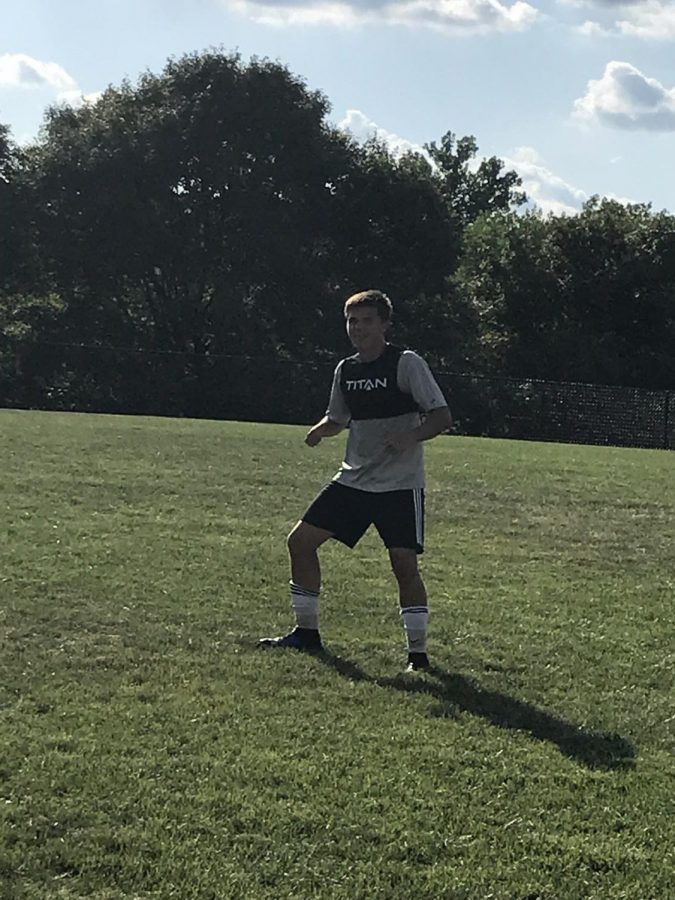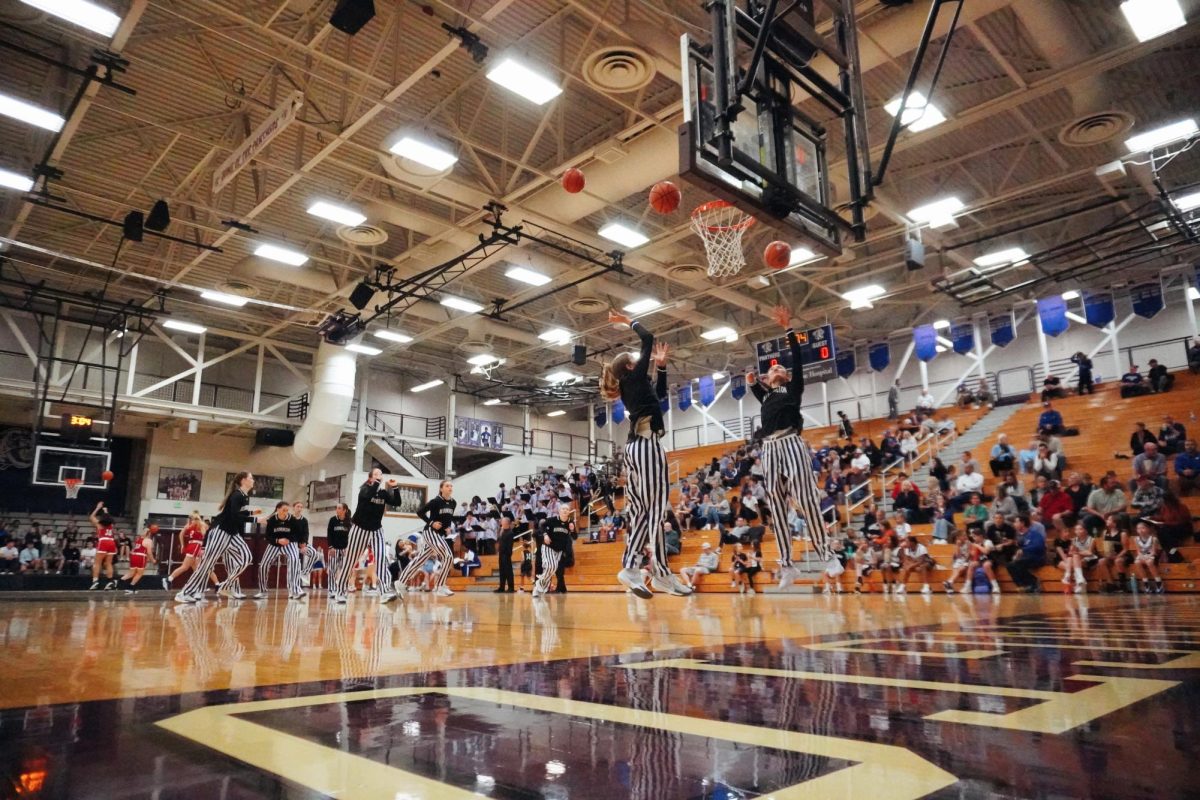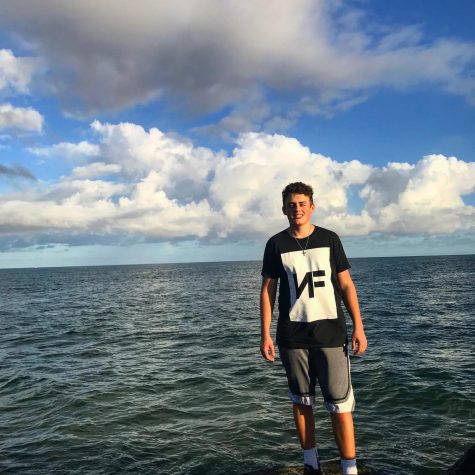With the start of a new season, the boys soccer team acquired some new gear to help them have a great year and track data about the players. During the offseason, head coach Kevin Sparks requested a grant for fifteen Titan One Sensors. His grant was accepted and paid for by Duke Energy so the company could look at the research results.Additionally, the research can be given to IHSAA after their two games in regionals to show if two games in a day is too much for the players. The sensors do a variety of things to help show the research results, such as helping the coaches and players look over their health, work rate, (which indirectly tracks heart rate), and much more.
These Titan One Sensors are the first of two kinds of sensors that the company creates. The reason that Sparks asked for this first generation sensor instead of the second generation is because it was “the best option in our price range,” Sparks said. Even though the sensors are the first generation, they are still very complex. The sensors track a multitude of things, including: distance covered, speed, work rate, when someone is sprinting versus when they’re jogging, and how long they sprinted. Work rate shows the most within the sensor. Sparks can tell from the work rate how hard a player is working and how a fit player is. Sparks pointed out that “when a player has a high work rate and a high distance covered, the player is fit, and vice versa.” So Sparks can tell when a player is doing well and when a player needs to get better.
There is also an app that the players can look at to see how they are doing with all the different things that the sensor tracks. In one part of the app, players can put down their different emotions they had prior to and after a game such as stressed or worried. Another part of the app is called “session explorer,” where the app takes a satellite image of where you practiced, then shows where the players ran, which can be matched up to game film so coaches can see why players ran where they did at certain points. The app does much more, such as putting players into groups and seeing how they performed, and also can help the trainers see if players are injured and why.
Even though this seems like a very complex gadget, it is broken down simply for all the players and coaches to see and use easily.
Grant Yeagley, an attacking midfielder, commented on the GPS trackers. “You usually forget that the sensor is on and the app is very easy to navigate,” said Yeagley.
The tracker itself is also simple. It’s a small chip that goes in a pocket on the back of the gear, which then goes around your chest. For the device to be protected, it has to be in the back, because a majority of the shots that hit you will be on your chest and not your back. With all the different aspects to this device, the team will be able to perform much better and learn more about their performances.


